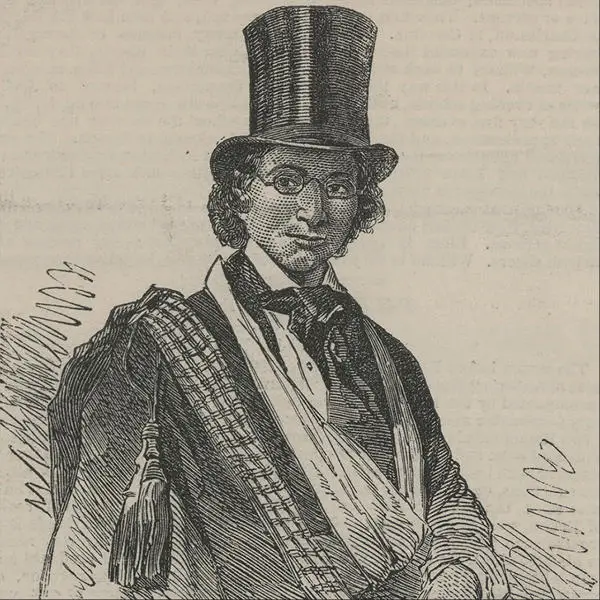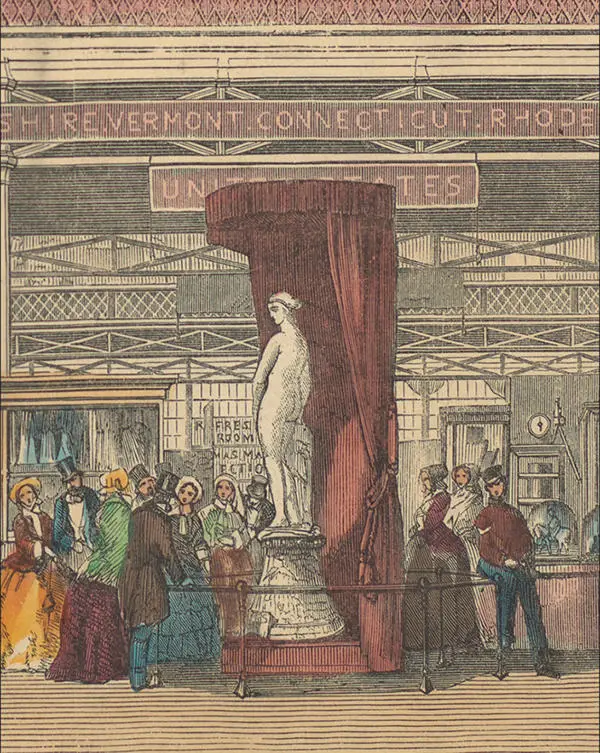Unforgotten Lives - Ellen and William Craft
Ellen and William Craft were born in Georgia, United States in 1826 and 1824 respectively. Both were enslaved but they escaped from their enslavers in 1848. The Crafts’ publication 'Running a Thousand Miles for Freedom' tells the extraordinary story of their escape. In an act transgressing class, race and gender, Ellen disguised herself as a white plantation owner while her husband William posed as her enslaved servant. Together they embarked on a dangerous but incredible journey north to gain their freedom, eventually making it to Boston. The passing of the Fugitive Slave Act in 1850 forced them to flee to England and the Crafts arrived in Liverpool in 1850. Ellen and William spent the next 19 years in England, much of it in London bringing up their family there.
William and Ellen Craft’s first child, Charles Estlin Phillips Craft was baptised at All Saints Church in Ockham, Surrey in 1852. The Crafts had at least five children whilst in England, though only three, Charles Estlin Phillips, Stephen Brougham Denmore and Alice Isabella Ellen, appear to have been baptised in Ockham.

By 1853 the Crafts were living at 26 Cambridge Grove in Hammersmith which became a hub of Black activism. They were members of the London Emancipation Committee and Ellen also campaigned extensively for women’s rights. The African American activist Sarah Parker Remond stayed at their Hammersmith house, Ellen was in contact with the actor Ira Aldridge and both she and William toured Britain extensively lecturing against slavery with abolitionist William Wells Brown.

The Crafts, together with William Wells Brown, staged a protest at the Great Exhibition at Hyde Park on 21 June 1851. Targeting Hiram Power's white marble statue 'The Greek Slave' which was being exhibited as a centre piece of the United States gallery, Brown attached an illustration of an enslaved Black woman to the artwork in protest to the continuance of slavery in the United States, proclaiming:
“As an American fugitive slave, I place this Virginia Slave by the side of the Greek Slave, as its most fitting companion.”